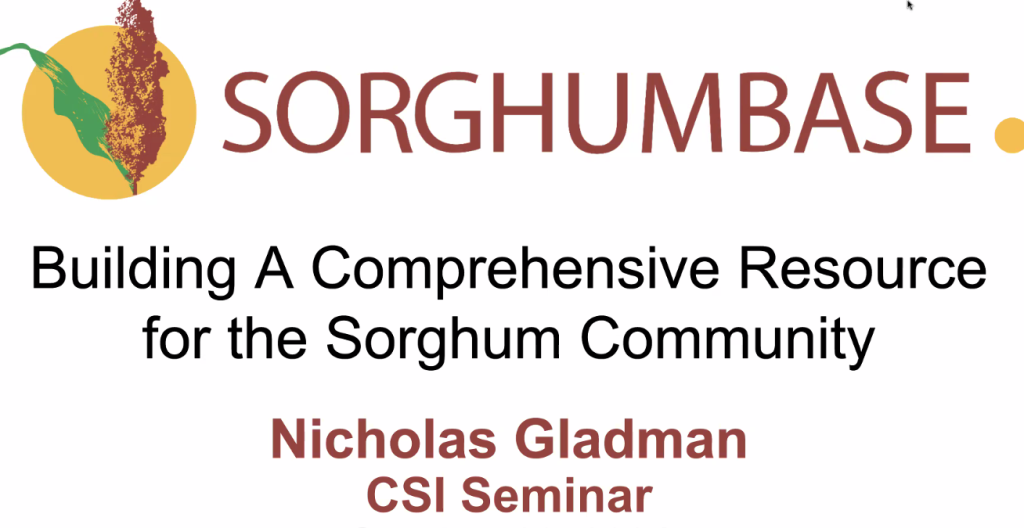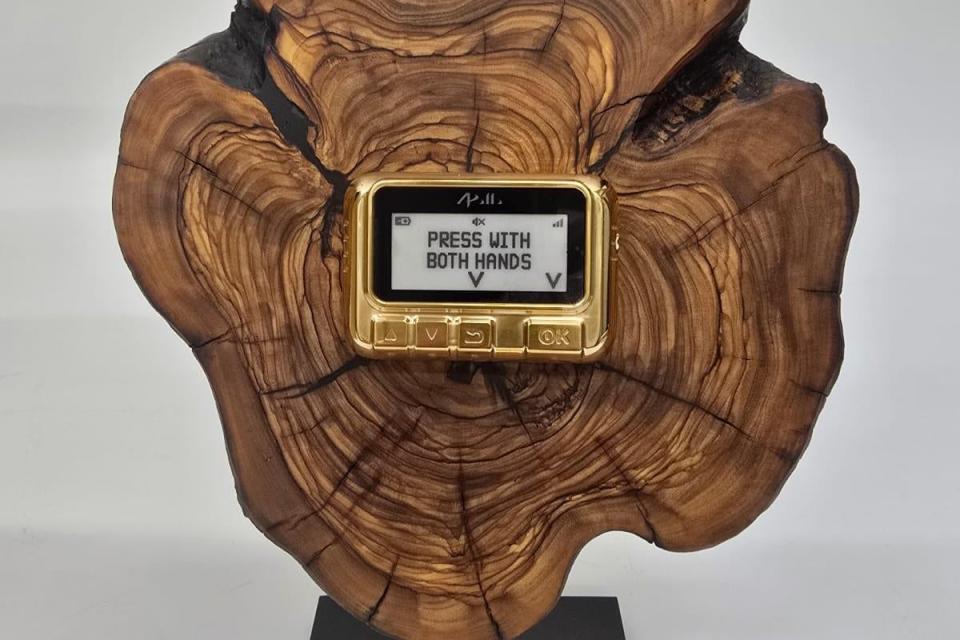Community is often defined as a feeling of fellowship with others, as a result of sharing common attitudes, interests and goals. The sorghum community is no different.
Members have been working since 2022 to provide a community portal that integrates genetic, genomic and breeding resources for sorghum germplasm improvement. Nick Gladman, U.S. Department of Agriculture-Agricultural Research Service research molecular biologist, detailed what SorghumBase does for its users during a recent Center for Sorghum Improvement seminar.
According to www.sorghumbase.org, agricultural research and development relies on proper sharing of data and resources within stakeholder communities. Successful collaborations and breakthroughs in germplasm development, plant breeders, agronomists, molecular biologists, geneticists and bioinformaticians require a centralized site for desirable data that’s a user-friendly hub for crop systems.
The work was a collaborative effort with the sorghum research community, ARS and university scientists and resource managers. Core funding for the project is provided by ARS.
Gladman is based at the Cold Spring Harbor Laboratory. He stressed the importance of having such a comprehensive database for sorghum available to all those working on the crop. He believes that with continued engagement they’re able to “build out even greater functionality for breeders and molecular biology researchers.”
“We really extended this work to reach out and work with the community,” he said.
As a permanently funded database, Gladman hopes SorghumBase can grow with continued interaction.
“This gets into the best fair practices aspect of database work,” he said. “And then ultimately, again, engaging with community and our stakeholders. This includes things like doing support, but as well as working groups, interact with community to try to build,
fulfill and fill in SorghumBase with all the data, useful information that we help to benefit the community.”
Seed companies, private industry, the United Sorghum Checkoff Program and producers are among those facilitating the work.
“(They) have been a constant source of support and feedback that we value,” he said.
SorghumBase also works closely with other databases to ensure interoperability, allowing for website features and additional resources.
“So, we can really build a nice, robust, complementary resource for the community,” Gladman said.
Working groups have assisted in building the platform. They have included those focused on breeding, community marketing, panel genomes, sub genetic variation and phenotyping and a sorghum-based working group.
The breeding working group helps support those breeders in the sorghum area. Most of the members include individuals at Texas A&M University, the USDA center in Lubbock and Cornell University for breeding insight.
The community market panel was an effort that resulted in the creation of what Gladman called a mid-density panel.
“This was done about two years ago with the intention of creating a domestic provider for a market panel that this sorghum community could use,” he said. “We interacted with multiple providers and ultimately went with AgriPlex.”
In the panel working group, private and public members tried to get feedback for which markers needed to be included, as well as sending germplasm in during the validation stage for testing and generation of the panel.
“One of the things we did is to construct phylogenies based on the genotyping information we had, and we included controls in this case, when we look at these landraces, this construction works out precisely,” he said. “And we actually had our controls mapping right on top of just this and was one of the validation efforts.”
Gladman hopes the sorghum community can share germplasm stock. There’s also a possibility of adding markers to the panel going forward.
When working on genotyping and standards, developers also have been able to do some phenotyping on the panels.
“In this case, one of the things we were able to do is to generate high resolution imaging of the seeds that we got, both from the staff as well as from some of these landrace lines we’re able to get,” he said. “These would be able to be hosted on a website for quick views.”
Gladman encouraged users and future users to look at the site and consider how the applications could help them.
“Because that also might be a good way for you to come up with ideas that would be useful for us to improve the site, or to make things a little bit easier,” he said.
Are all the mutant lines’ genes a researcher might be looking for there? Are the band gene sets there? What about models? Users can add a “curate flag” or a notation for information that needs to be added into the site. Developers will then evaluate and add additional information if needed.
Researchers on SorghumBase are also trying to use synonyms for gene names.
“We have all the standard gene identifiers on there, but there are lots of common names that we’re trying to also affiliate with these standardized gene models that makes it easier for people to search and use the site,” he said.
He’s open to suggestions, and users’ input can help improve the functional information included in the database.
“We are still doing sequencing, assembly annotation of genomes as well,” he said, adding that SorghumBase can also help to curate gene expression and optician information studies and host them on the site as needed.
Gladman is hopeful for engagement and bringing SorghumBase to a wider audience.
He wants to hear about the types of data that users want so developers can consider adding it to SorghumBase in the future.

For more information about SorghumBase, visit www.sorghumbase.org.
Kylene Scott can be reached at 620-227-1804 or [email protected].
#SorghumBase #tool #plant #breeders




Leave a Reply